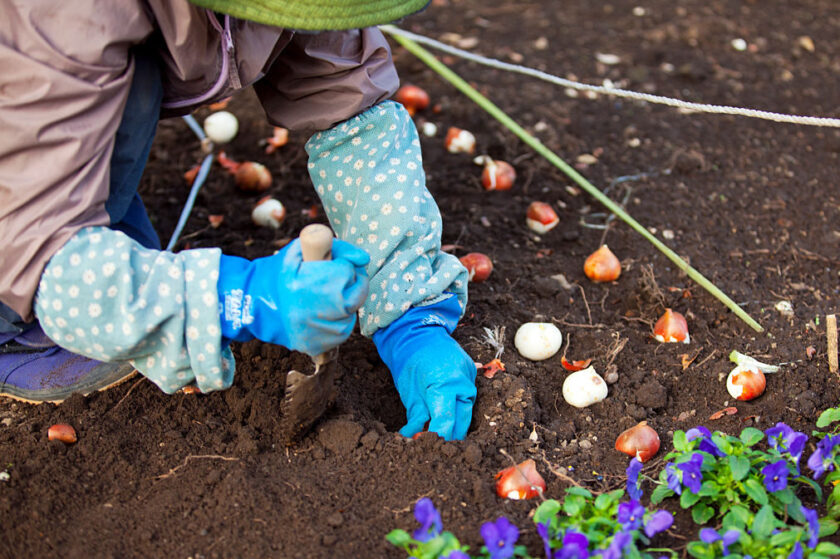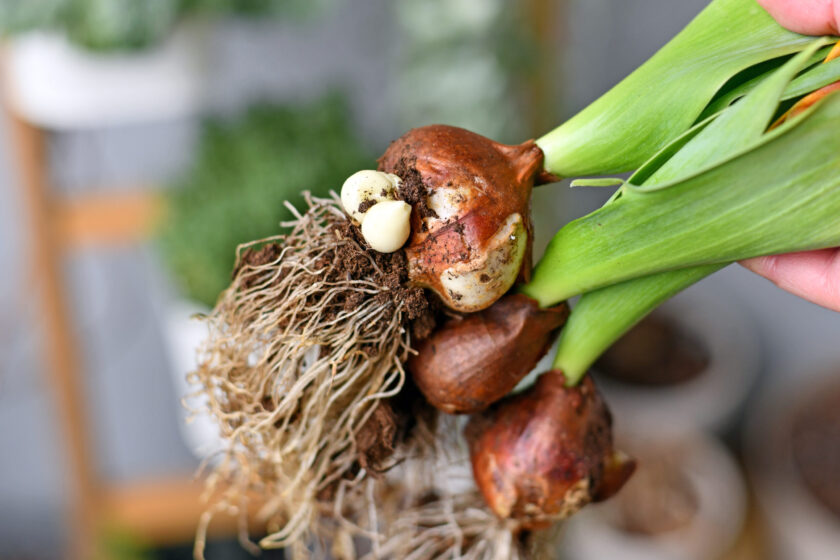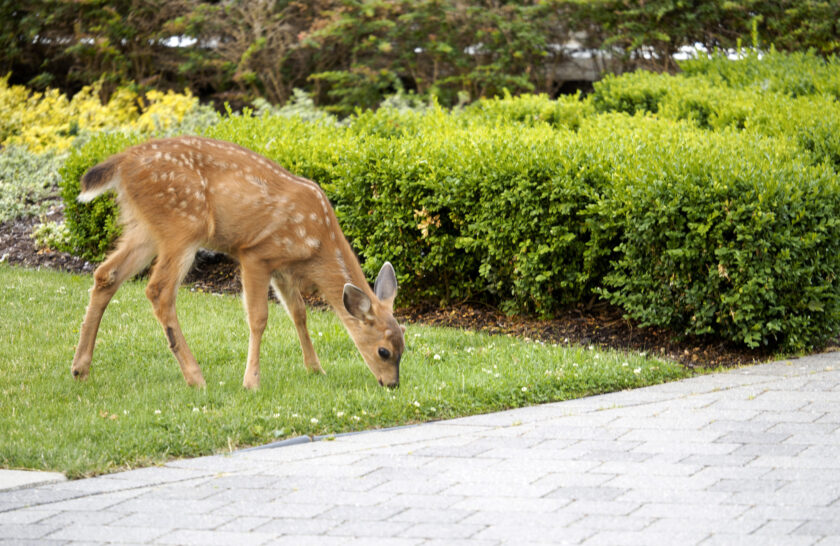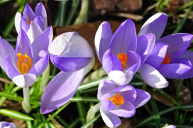Tulips are a sure sign that spring has arrived! With their regal presence in the garden, they bring color and elegance after a long, dark winter. There are many different types of tulips, including single petals, double petals, and blooms that resemble lilies or full, lush peonies. You'll find tulips in every color of the rainbow, as well as types that have fringed petals or multiple shades in one flower.
These flowering bulbs bloom early, mid, and late season, depending on the variety. They're very easy to grow, but it's important to know when to plant tulips—plus, how to care for them once they've bloomed. Here's everything gardeners need to know about growing tulips.
When to Plant Tulip Bulbs

These spring bloomers must be planted in the fall in order to bloom the following spring. That's because they require 12 to 14 weeks of cold to set buds. You should plant in mid to late fall, when nighttime temperatures are consistently in the 40s. You can plant as late as December, if you forgot about your bulbs until then. Any later, however, and you won't have blooms because the bulbs won't get sufficient chilling time.
Where to Grow Tulips
Tulips grow best in USDA Hardiness zones 3 to 7 (find your zone here). In warmer parts of the country, tulips don't do well. You'll have to buy pre-planted pots that are ready to burst into bloom if you want to enjoy these flowers in frost-free climates.
Types of Tulips

The type of tulips you decide to plant is really personal preference. You can choose by color or by bloom time, and if you're truly dedicated, you can choose a succession of tulip varieties that will bloom from early to late spring.
Where to Buy Tulips
You can buy tulips everywhere in the fall, but that's actually not the best option. While many retailers do offer them, the bulbs likely have not been kept at steady temperatures, which can impact their ability to bloom well. A better choice is to order your bulbs online earlier in the season. Reputable nurseries allow you to preorder, then they'll ship when it's time to plant in your part of the country. Buying online also gives you the widest selection of fun varieties and colors.
How to Plant Tulip Bulbs

Tulips need full sun, which is 6 or more hours of direct sunlight per day. Plant them about 2 to 3 times the depth of the bulb's height, which is usually around 4 to 8 inches deep, depending on the variety. Dig a hole, place the bulb in pointy-side up, cover with soil, and press down. Plant them in clusters, rather than one here or there, for best effect. Also, be aware that tulips don't do great in pots because they're not protected from temperature fluctuations, which they don't like.
Are Tulips Perennials?
Unlike other spring-flowering bulbs such as daffodils, which tend to return year after year, tulips are not considered perennials. Most gardeners treat them as annuals, though some types, such as Darwin hybrids, may return for a year or two. However, the blooms will generally be lackluster. Instead, treat yourself to new bulbs every fall!
How to Prevent Animals From Eating Tulips

Unfortunately, tulips are like candy to many garden visitors, including deer and rodents such as chipmunks and squirrels. You can attempt to protect your bulbs when planting by applying a repellant, which is not foolproof. You'll also need to reapply after it rains. Or you can make a small cage of chicken wire, place the bulbs in that, and plant the whole thing.
Some gardeners plant other, less-tasty bulbs, such as daffodils and hyacinths, near tulip bulbs, which sometimes discourages rodents from digging up your tulips. But nothing's guaranteed! If you planted your bulbs correctly but none come up next spring, use a trowel to dig around and see if the bulbs were eaten. You'll also often see telltale signs such as evidence of digging or half-munched bulbs on the surface of the soil.




